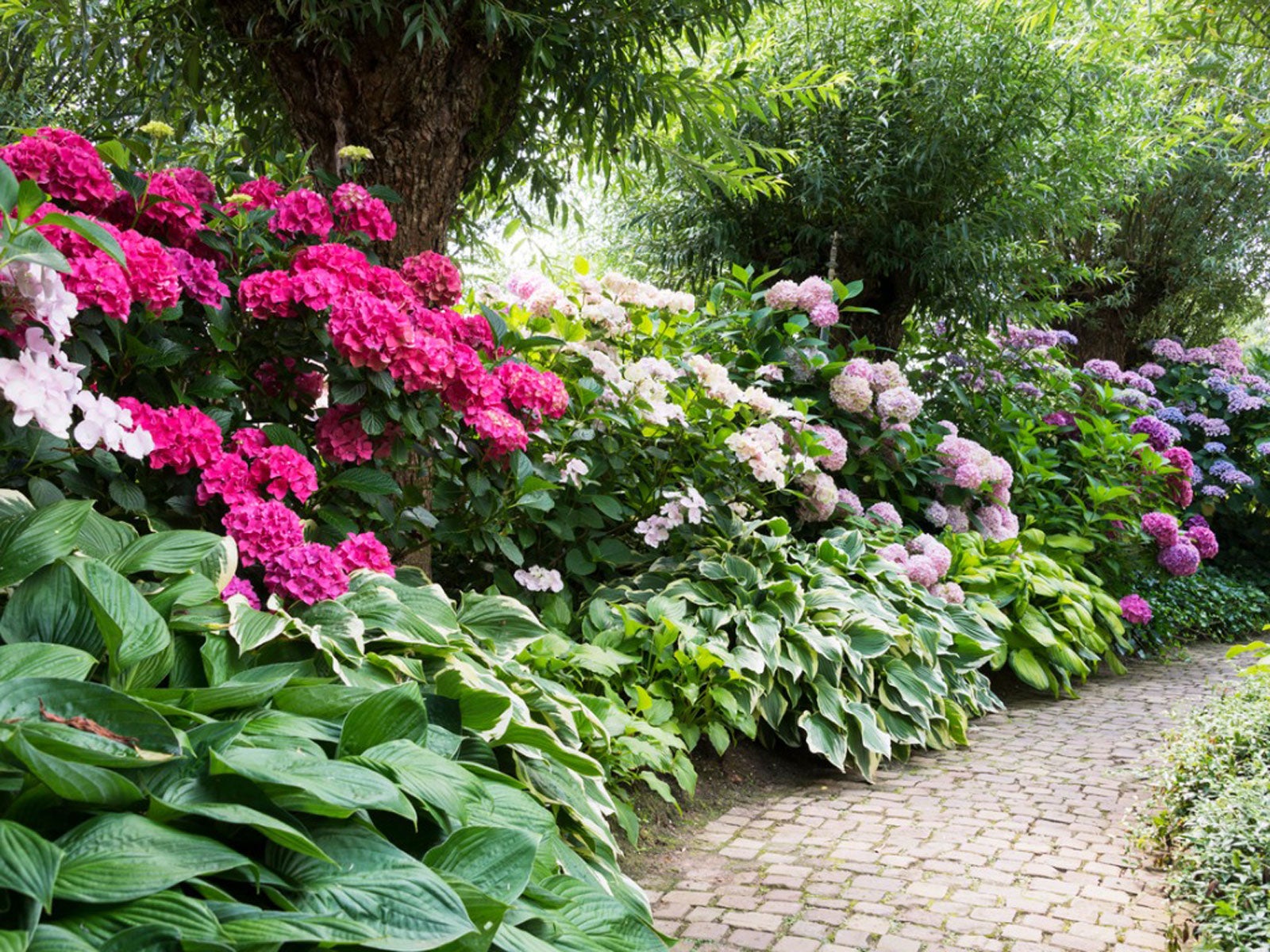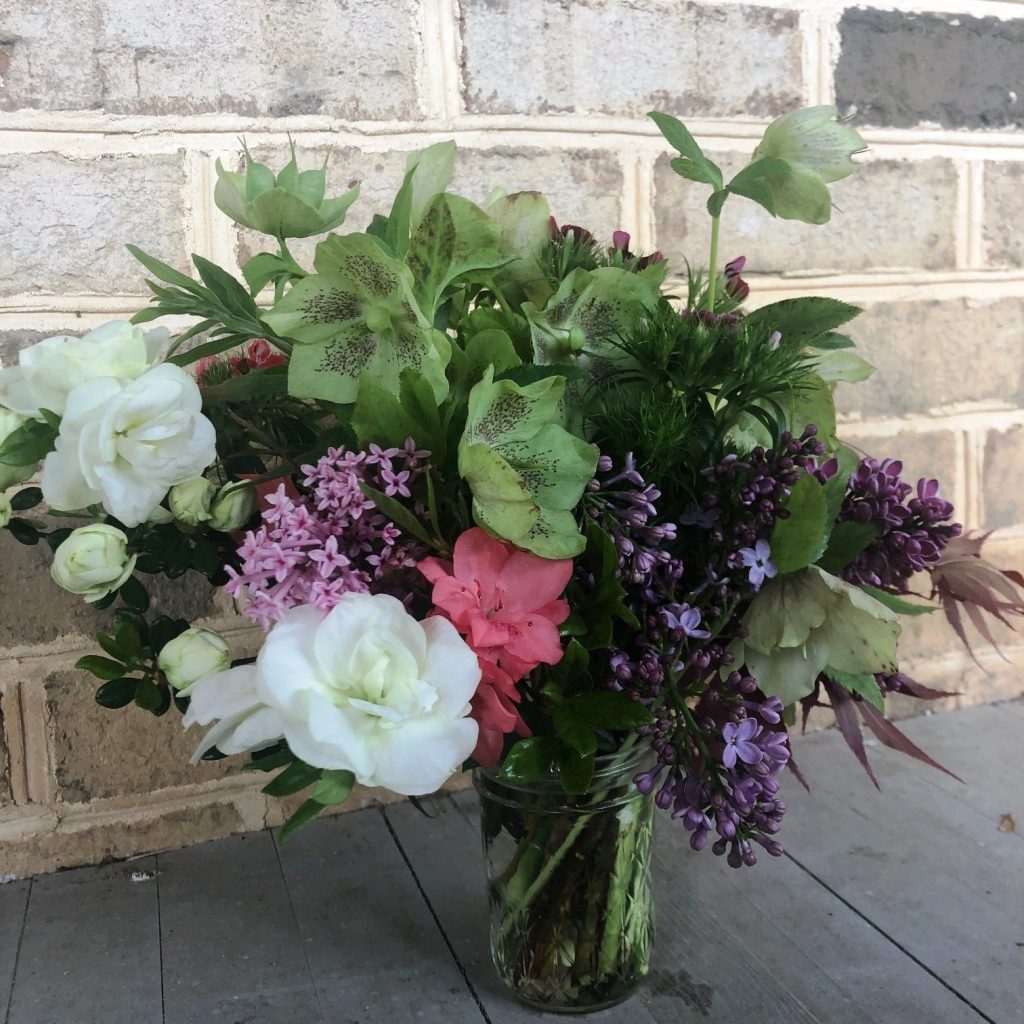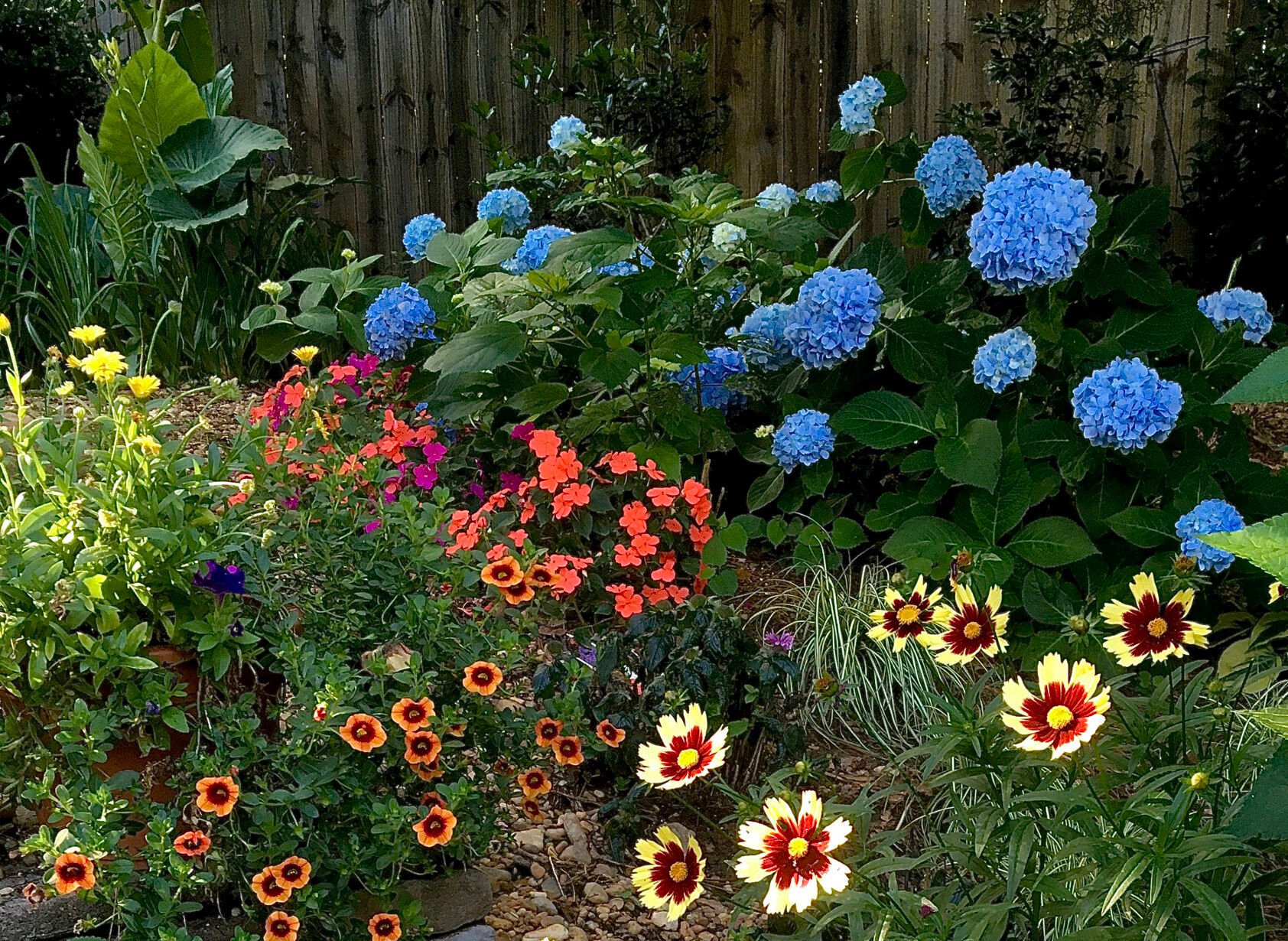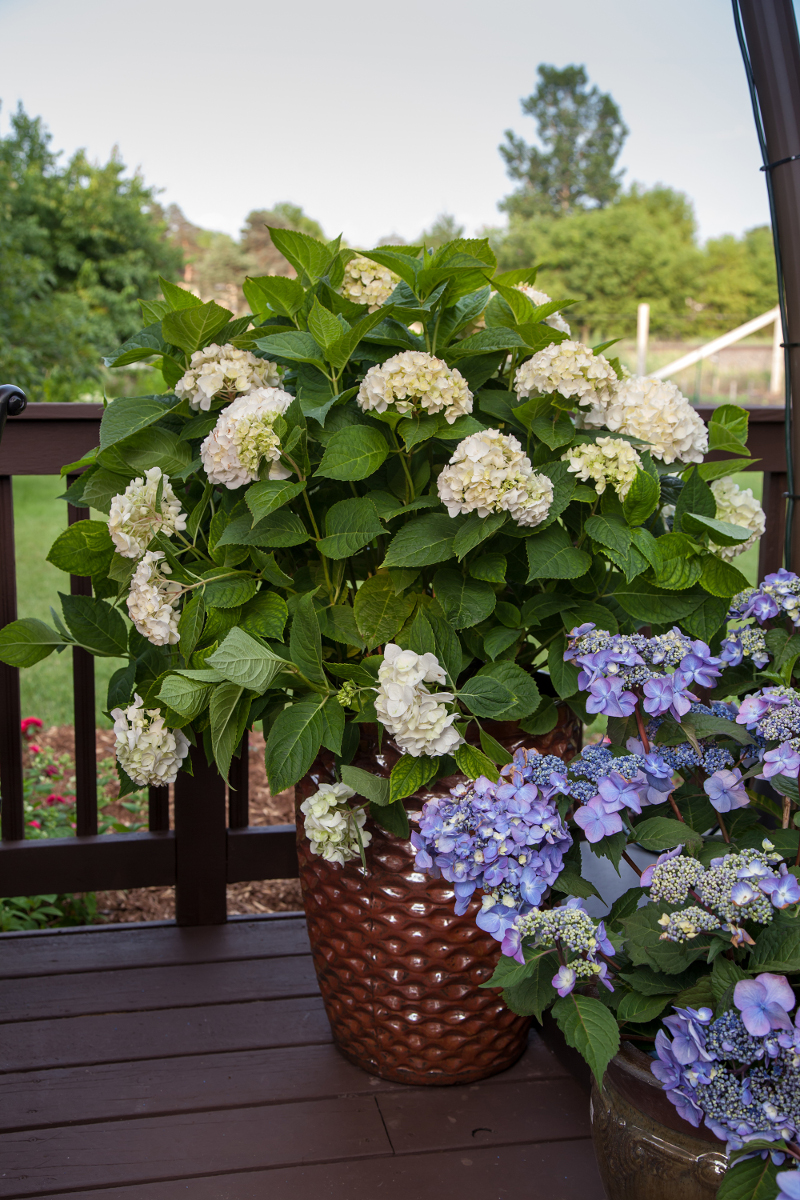Azaleas And Hydrangeas: The Perfect Pair For Your Garden
Azaleas and hydrangeas are two of the most popular flowering shrubs in the world. They are both known for their beautiful blooms, which come in a wide range of colors. Azaleas typically bloom in the spring, while hydrangeas bloom in the summer.
One of the things that makes azaleas and hydrangeas such a good pair for the garden is that they have similar growing conditions. They both prefer acidic, well-drained soil and partial to full shade. This means that you can plant them together without having to worry about one plant outcompeting the other.
Another reason why azaleas and hydrangeas make a good pair is that their blooms complement each other. Azaleas typically have smaller, more delicate flowers, while hydrangeas have larger, more showy blooms. This contrast in size and shape can create a visually appealing display in your garden.
If you are looking for a way to add some color and interest to your garden, azaleas and hydrangeas are a great option. They are relatively easy to care for and they will provide you with years of enjoyment.
Main Content
Here are some more details about azaleas and hydrangeas:
Azaleas
- Azaleas are members of the rhododendron family. There are over 3,000 species of azaleas, and they come in a wide range of colors, including pink, red, white, yellow, and purple.
- Azaleas are typically evergreen, but some varieties are deciduous.
- Azaleas are relatively easy to care for. They need acidic soil, partial to full shade, and regular watering.
- Azaleas are often used in landscaping, and they can be planted as individual shrubs or in groups.
Hydrangeas
- Hydrangeas are also members of the rhododendron family. There are over 70 species of hydrangeas, and they come in a wide range of colors, including blue, pink, purple, and white.
- Hydrangeas are typically deciduous, but some varieties are evergreen.
- Hydrangeas need acidic soil, partial to full shade, and regular watering.
- Hydrangeas are often used in landscaping, and they can be planted as individual shrubs or in groups.
When to plant azaleas and hydrangeas
The best time to plant azaleas and hydrangeas is in the spring or fall. If you are planting them in the spring, make sure to do it before the last frost. If you are planting them in the fall, make sure to do it before the ground freezes.
How to plant azaleas and hydrangeas
To plant azaleas or hydrangeas, dig a hole that is twice as wide and as deep as the root ball. Add some compost or peat moss to the bottom of the hole to help improve the drainage. Place the plant in the hole and backfill with soil. Water the plant well.
How to care for azaleas and hydrangeas
Azaleas and hydrangeas need acidic soil. If your soil is not acidic, you can add some peat moss or sulfur to it. Azaleas and hydrangeas also need regular watering. Water them deeply once a week, or more often during hot, dry weather.
Azaleas and hydrangeas do not need to be fertilized often. A light application of fertilizer in the spring will help them to bloom.
Pruning azaleas and hydrangeas
Azaleas and hydrangeas do not need to be pruned often. However, you may want to prune them to remove dead or diseased branches, or to shape them. If you do prune them, do it in the spring or fall.
Attracting pollinators
Azaleas and hydrangeas are both attractive to pollinators, such as bees and butterflies. This makes them a great choice for gardens that are designed to attract wildlife.
Conclusion
Azaleas and hydrangeas are two beautiful and versatile shrubs that can add color and interest to any garden. They are relatively easy to care for and they are attractive to pollinators. If you are looking for a new shrub to add to your garden, azaleas and hydrangeas are a great option.
Azaleas and hydrangeas are two of the most popular flowering shrubs in the world, and for good reason. They are both beautiful, versatile, and relatively easy to care for. If you are thinking about adding either of these plants to your garden, I highly recommend visiting . This website has a wealth of information on azaleas and hydrangeas, including their history, care, and cultivation. You can also find photos and illustrations of azaleas and hydrangeas in bloom, as well as tips on how to choose the right plants for your climate and location.
In addition to its informative articles, also offers a variety of resources for gardeners, including a plant finder, a blog, and a forum where you can ask questions and get advice from other gardeners. Whether you are a beginner or a seasoned pro, you are sure to find something useful on .
FAQ of azaleas and hydrangeas
- What are the differences between azaleas and hydrangeas?
Azaleas and hydrangeas are both flowering shrubs that are popular in landscaping. However, there are some key differences between the two plants. Azaleas are typically smaller than hydrangeas, with flowers that range in color from white to pink to purple. Hydrangeas, on the other hand, can grow much larger, with flowers that can be white, pink, blue, or purple. Azaleas also prefer acidic soil, while hydrangeas can tolerate a wider range of soil pH levels.
- How do I care for azaleas?
Azaleas are relatively easy to care for, but they do require some specific conditions. They need to be planted in acidic soil that is well-drained. They also need to be watered regularly, especially during hot, dry weather. Azaleas can be fertilized in the spring with a balanced fertilizer. In the fall, they should be mulched to help protect their roots from the cold.
- How do I care for hydrangeas?
Hydrangeas are also relatively easy to care for, but they have different requirements than azaleas. They can tolerate a wider range of soil pH levels, but they prefer soil that is moist and well-drained. Hydrangeas do not need to be fertilized as often as azaleas, and they can be pruned in the spring or fall.
- Why are my azaleas or hydrangeas not blooming?
There are a few reasons why your azaleas or hydrangeas might not be blooming. One possibility is that they are not getting enough sunlight. Azaleas and hydrangeas need at least 6 hours of sunlight per day. Another possibility is that they are not getting enough water. Azaleas and hydrangeas need to be watered regularly, especially during hot, dry weather. Finally, it is also possible that your azaleas or hydrangeas are not getting enough fertilizer. Azaleas and hydrangeas should be fertilized in the spring with a balanced fertilizer.
- What are some pests and diseases that can affect azaleas and hydrangeas?
Azaleas and hydrangeas are susceptible to a few different pests and diseases. Some of the most common pests include aphids, scale insects, and spider mites. Some of the most common diseases include azalea leaf spot, hydrangea leaf spot, and powdery mildew. If you notice any pests or diseases on your azaleas or hydrangeas, it is important to treat them promptly.
Image of azaleas and hydrangeas
5 different images of azaleas and hydrangeas from Pinterest:
- Azaleas and hydrangeas in a garden. This image shows azaleas and hydrangeas blooming in a garden. The azaleas are in shades of pink and white, while the hydrangeas are in shades of blue and pink. The flowers are surrounded by lush greenery.

- Azaleas and hydrangeas in a vase. This image shows a vase of azaleas and hydrangeas. The azaleas are in shades of pink and white, while the hydrangeas are in shades of blue and pink. The flowers are arranged in a simple vase, and they are surrounded by greenery.

- Azaleas and hydrangeas in a forest. This image shows azaleas and hydrangeas blooming in a forest. The azaleas are in shades of pink and white, while the hydrangeas are in shades of blue and pink. The flowers are surrounded by trees and other vegetation.

- Azaleas and hydrangeas in a meadow. This image shows azaleas and hydrangeas blooming in a meadow. The azaleas are in shades of pink and white, while the hydrangeas are in shades of blue and pink. The flowers are surrounded by grasses and other wildflowers.

- Azaleas and hydrangeas in a pot. This image shows a pot of azaleas and hydrangeas. The azaleas are in shades of pink and white, while the hydrangeas are in shades of blue and pink. The flowers are arranged in a decorative pot, and they are placed on a patio or deck.

Post a Comment for "Azaleas And Hydrangeas: The Perfect Pair For Your Garden"